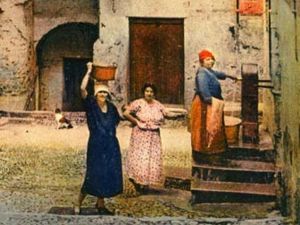The cistern in Via Cisterna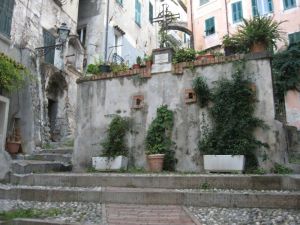
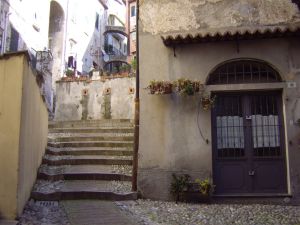 A resolution of the Sanremo parliament in 1607 granted the use of the Oratory of Santa Brigida to the brethren of Santa Brigida on condition that they use the funds at their disposal to build a large cistern to collect water for public use, especially useful in the summer period when drought and water needs were greatest.
A resolution of the Sanremo parliament in 1607 granted the use of the Oratory of Santa Brigida to the brethren of Santa Brigida on condition that they use the funds at their disposal to build a large cistern to collect water for public use, especially useful in the summer period when drought and water needs were greatest.
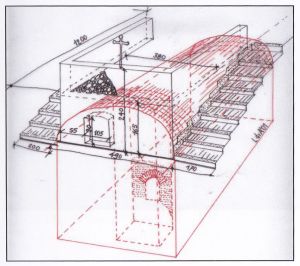
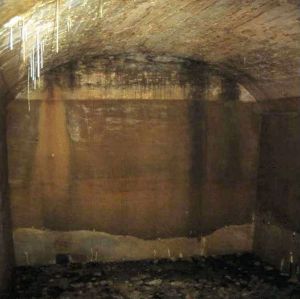 The cistern is of considerable size: a rectangular base structure measuring approximately 11 x 7 metres and a depth of around 7 metres, with a brick barrel vault; the walls are carefully plastered with hydraulic mortar for perfect waterproofing, and this does not allow, in the absence of further checks, to establish whether they are made of stone or also brick.
The cistern is of considerable size: a rectangular base structure measuring approximately 11 x 7 metres and a depth of around 7 metres, with a brick barrel vault; the walls are carefully plastered with hydraulic mortar for perfect waterproofing, and this does not allow, in the absence of further checks, to establish whether they are made of stone or also brick.
The small part of the floor that can still be seen, not having been covered by the rubble that has been introduced and which fills a large part of the cistern almost up to the impost of the vault, shows that it is covered with slate slabs.
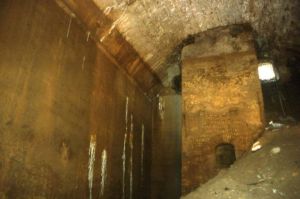 Rainwater was channelled into the cistern through a brick pipe, which is still visible at the top where the vault joins the wall.
Rainwater was channelled into the cistern through a brick pipe, which is still visible at the top where the vault joins the wall.
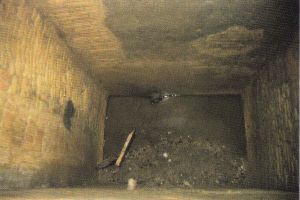 The peculiarity of this cistern, which differentiates it from all the others known, is the presence, inside it, of a brick structure of about 1.50 x 1 m, which, from the level of the pavement reaches the vault; one can only hypothesise its function, perhaps a decantation room for the water that, entering the cistern dirty, through rainwater collection channels, poured through a side opening into this sort of well, to be then taken clean from above.
The peculiarity of this cistern, which differentiates it from all the others known, is the presence, inside it, of a brick structure of about 1.50 x 1 m, which, from the level of the pavement reaches the vault; one can only hypothesise its function, perhaps a decantation room for the water that, entering the cistern dirty, through rainwater collection channels, poured through a side opening into this sort of well, to be then taken clean from above.
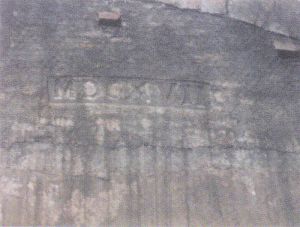
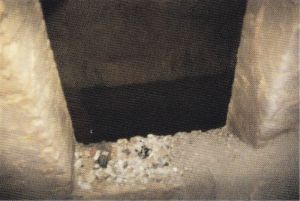 The date of construction of the cistern is written at the top of the back wall: MDCXVII.
The date of construction of the cistern is written at the top of the back wall: MDCXVII.
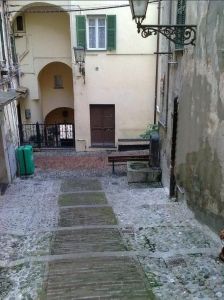 At the base of the street, almost at the crossroads with Via Palma, there has long been a fountain which is probably supplied directly from the cistern itself.
At the base of the street, almost at the crossroads with Via Palma, there has long been a fountain which is probably supplied directly from the cistern itself.